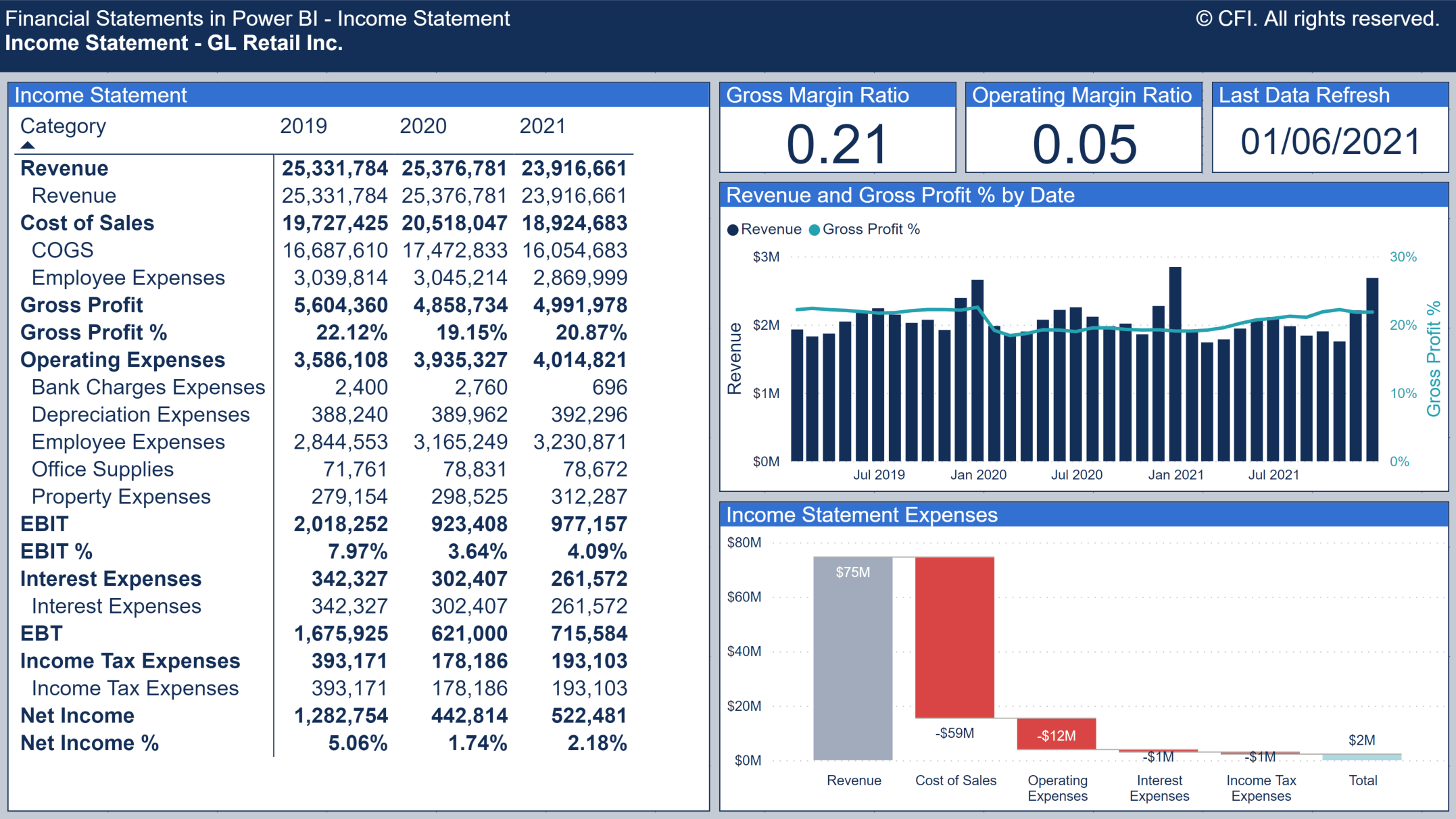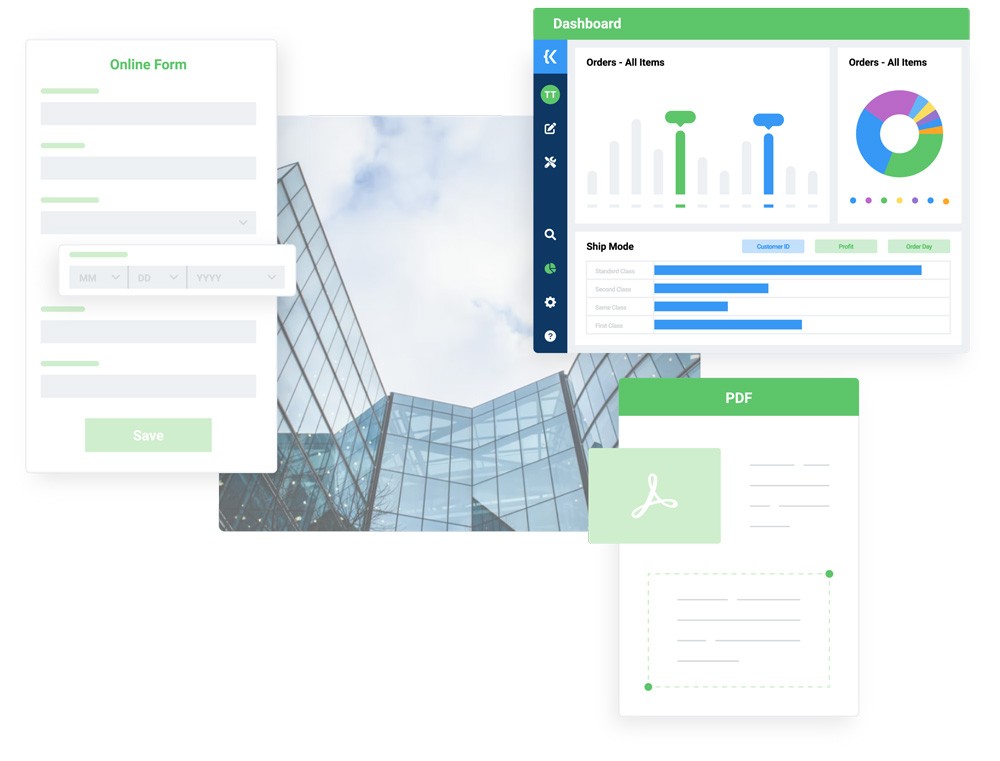What is a database?
A database is a structured collection of data that is organized and stored in a way that allows for efficient retrieval, management, and updating of information. Databases are central to modern computing and are used to store, organize, and manage vast amounts of data in various applications and systems. They serve as a foundation for many software applications and play a crucial role in information management.
What is the use of database in daily life...
1. Online Shopping Platforms:
- E-commerce websites use databases to store information about products, customers, and transactions. Customer details, purchase history, and preferences are stored in databases, enabling personalized recommendations, order tracking, and efficient order processing.
2. Social Media Platforms:
- Social media platforms utilize databases to manage user profiles, connections, posts, and interactions. The platform stores vast amounts of data related to user activities, enabling features such as friend suggestions, targeted advertisements, and content personalization.
3. Banking and Finance:
- Banks and financial institutions rely on databases to store customer account information, transaction history, and other financial data. Databases facilitate secure and efficient management of financial records, enabling activities such as online banking, fund transfers, and account reconciliation.
4. Healthcare Systems:
- Healthcare databases store patient records, medical histories, prescription details, and treatment plans. Electronic Health Record (EHR) systems use databases to centralize patient information, making it accessible to healthcare providers for improved decision-
- making and patient care.
5. Customer Relationship Management (CRM) Systems:
- Businesses use CRM systems to maintain databases of customer information, including contact details, purchase history, and customer interactions. This helps businesses enhance customer relationships, provide personalized services, and analyze customer behavior for better marketing strategies.
6. Educational Institutions:
7. Transportation and Logistics:
- Transportation companies use databases to track shipments, manage inventory, and optimize routes. Databases facilitate real-time tracking of goods, inventory management, and analysis of transportation data for operational efficiency.
8. Government Systems:
- Government agencies use databases for various purposes, including managing citizen records, tax information, and public services. Databases play a crucial role in maintaining accurate and secure records for census data, social services, and administrative functions.
9. Mobile Applications:
- Many mobile applications rely on databases to store user profiles, preferences, and app usage data. This data is used to personalize app experiences, deliver targeted content, and improve user engagement.
Some Keys in database:
In the context of databases, keys are crucial for organizing and retrieving data efficiently. They define relationships between tables and ensure data integrity. Here are different types of keys commonly used in database management:
Primary Key:
- A primary key is a unique identifier for each record in a table. It must be unique for each row and cannot contain NULL values. The primary key is used to establish relationships between tables and ensures the uniqueness of each record.
Foreign Key:
- A foreign key is a field in a table that is the primary key in another table. It establishes a link between the two tables, enforcing referential integrity. The foreign key helps maintain consistency in relational databases by ensuring that values in one table's foreign key column correspond to values in another table's primary key column.
- field: Colum or attribute which is of certain datatype.
- example:
Super Key:
- A super key is a set of one or more fields that uniquely identifies a record in a table. It is a broader concept than a primary key because it includes any combination of fields that can uniquely identify a record. The super key may include attributes that are not strictly necessary for uniqueness.
Candidate Key:
- A candidate key is a minimal super key, meaning it is the smallest set of fields that can uniquely identify a record. In a table, there may be multiple candidate keys, but one is chosen to be the primary key.
Composite Key:
- A composite key is a key that consists of two or more attributes (columns) to uniquely identify a record. Unlike a primary key, each attribute in a composite key may not be unique by itself, but the combination of all the attributes is unique.
Alternate Key:
- An alternate key is a candidate key that is not selected as the primary key. In a table with multiple candidate keys, the one chosen as the primary key becomes the primary means of uniquely identifying records, while the others become alternate keys.
Surrogate Key:
- A surrogate key is a synthetic key, usually an artificially generated identifier, used as the primary key. It is not derived from the data but serves as a unique identifier. This is often used in situations where a natural key is not available or practical.
Natural Key:
- A natural key is a key that is derived from the data itself. It is a key that has inherent meaning in the real world. For example, a social security number, email address, or employee ID could be natural keys.
First Normal Form (1NF):
- A table is in 1NF if it does not contain any repeating groups or arrays.
- Each column in a 1NF table must have atomic values, meaning each cell contains only one piece of data.
- For example, consider the following table:
| Student_ID | Courses |
|---|---|
| 101 | Math, English, Physics |
| 102 | Chemistry, Biology |
To bring it to 1NF, you would create a new table:
| Student_ID | Course |
|---|---|
| 101 | Math |
| 101 | English |
| 101 | Physics |
| 102 | Chemistry |
| 102 | Biology |
Second Normal Form (2NF):
- A table is in 2NF if it is in 1NF and all non-key attributes are fully functionally dependent on the primary key.
- In other words, there should be no partial dependency of any column on the primary key.
- Consider a table:
Consider a table that tracks information about projects and the employees working on them:
Project_ID Employee_ID Employee_Name Hours_Worked 101 001 John 20 101 002 Jane 30 102 001 John 25 In this example, (Project_ID, Employee_ID) is the composite primary key. However, we can see that Employee_Name depends only on Employee_ID and not on the entire primary key (Project_ID, Employee_ID). This is a partial dependency and violates 2NF.
To bring this table to 2NF, we would decompose it into two tables: Employee Table and Project Table.
Employee Table:
Employee_ID Employee_Name 001 John 002 Jane Project Table:
Project_ID Employee_ID Hours_Worked 101 001 20 101 002 30 102 001 25 Now, both tables are in 2NF. The Employee table has a candidate key (Employee_ID), and the Project table has a composite primary key (Project_ID, Employee_ID). Employee_Name is no longer transitively dependent on a part of the primary key.
Third Normal Form (3NF):
- A table is in 3NF if it is in 2NF and there is no transitive dependency: no non-prime attribute is transitively dependent on any super key.
- Consider a table:
| Student_ID | Course | Professor |
|---|---|---|
| 101 | Math | Dr. Smith |
| 102 | Chemistry | Dr. Johnson |
To bring it to 3NF, we break it into two tables:
Student_Course Table:
| Student_ID | Course |
|---|---|
| 101 | Math |
| 102 | Chemistry |
Course_Professor Table:
| Course | Professor |
|---|---|
| Math | Dr. Smith |
| Chemistry | Dr. Johnson |














i liked it ohh yeha
ReplyDelete